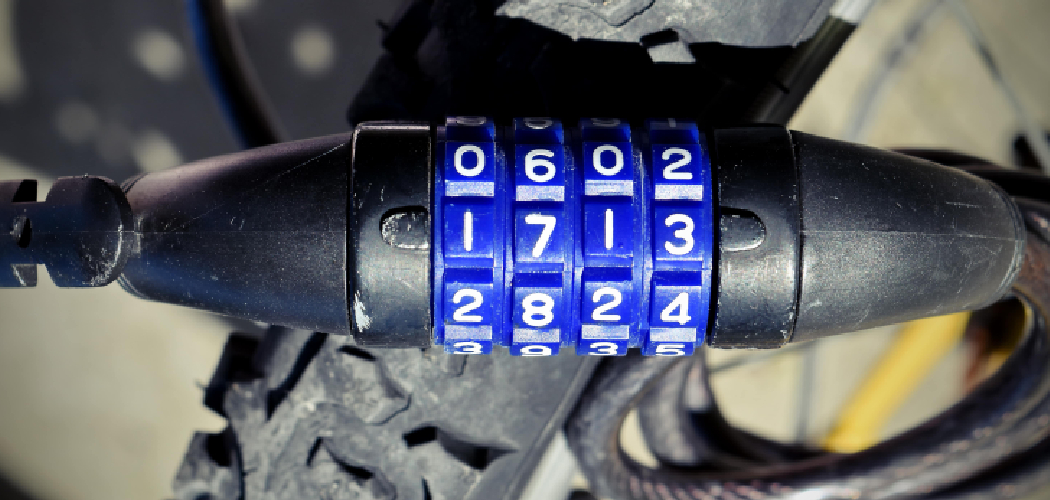Kryptonite U-Locks are renowned for their durability and high level of security, often serving as the go-to choice for cyclists and commuters to protect their valuable bikes. Built to withstand various forms of tampering, these locks offer peace of mind to their owners. However, there are situations where you might need to figure out how to open a kryptonite u lock without a key—whether due to a lost key, a jammed lock, or a malfunctioning mechanism.
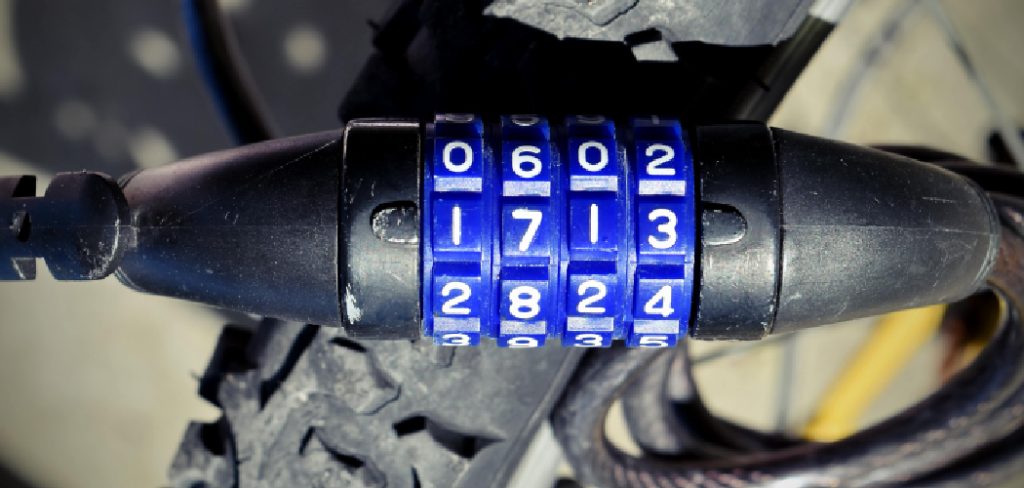
This article aims to guide you through safe and practical ways to access your own lock when such issues arise. It is essential to note that these methods should only be applied to locks that belong to you. Attempting to open a lock that you do not own is illegal and unethical. By following the steps shared in this guide, you can resolve your problem while respecting the integrity of this trusted security tool.
Understanding Kryptonite U-Lock Mechanisms
Kryptonite U-locks are renowned for their sturdy construction and advanced security features, making them a trusted choice for safeguarding valuable items like bicycles. These locks feature a basic yet effective design consisting of a U-shaped shackle that connects to a locking mechanism encased in a hardened steel body. There are two primary types of Kryptonite U-locks: keyed and combination. Keyed locks utilize a physical key to engage or disengage the locking mechanism, whereas combination locks rely on a set of user-programmed numerical codes. Although their mechanisms differ, both types are designed with durability and security in mind.
A variety of issues can lead to a Kryptonite U-lock becoming inaccessible. Common problems include lost keys, a broken key lodged within the lock, or obstructions such as rust or debris clogging the keyhole. Additionally, in colder climates, locks may freeze due to temperature drops, while extended use can lead to wear and tear that impacts functionality. These issues combine with Kryptonite’s robust anti-theft features—such as disc detainer mechanisms and reinforced hardened steel—to make the locks particularly challenging to open without the correct tools or keys. This combination of durability and complexity underscores why these locks are so effective but also why troubleshooting can be difficult.
Simple Solutions for Opening Your Kryptonite U-Lock
Using the Original Key
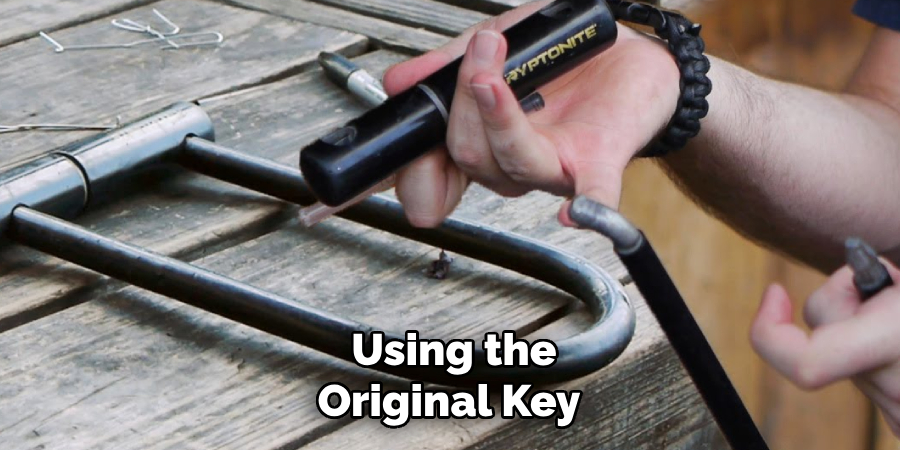
Before trying anything else, ensure you are using the correct original key for the lock. Sometimes, dirt or debris can accumulate inside the keyhole, preventing smooth operation. Check for obstructions or debris inside the keyhole and clear them out if necessary. Applying a lubricant, such as WD-40 or a graphite-based lubricant, can often loosen the internal mechanism and make it easier to turn the key.
If the Key is Stuck or Jammed
If the key is stuck or the lock won’t open, gently wiggle the key while applying slight pressure. This can help align the lock’s internal components to allow it to turn properly. Additionally, lightly tapping the lock with a small, non-metal object may help dislodge any internal blockages that could be affecting the mechanism. Be careful not to use excessive force, as this could damage the lock or key.
Using a Spare Key

Having a spare key on hand can save you a lot of time and hassle. Always keep a duplicate key in a secure and easily accessible location. If the original key is lost or damaged, the spare key will be your backup solution, ensuring you are not completely locked out.
Contacting Kryptonite Support
If all else fails, contacting Kryptonite’s customer support team can often resolve the issue. Suppose you registered your lock when you purchased it. In that case, the company may be able to assist, such as by sending replacement keys or offering other solutions to regain access to your lock. Their support ensures peace of mind for users in challenging situations.
How to Open a Kryptonite U Lock: Advanced Methods
Legality and Ethics
Before exploring lock-picking techniques, addressing the legal and ethical implications of such actions is crucial. Attempting to pick a lock you do not own is illegal and considered a serious offense in most jurisdictions. Only use these methods on locks you own or have explicit permission to manipulate. Lock-picking should always be approached as a last resort when traditional methods fail. Responsible use is essential to ensure adherence to the law and respect for property.
Using a Lock-Picking Set
If you decide to proceed, a lock-picking set is a more reliable tool for unlocking a Kryptonite lock. Here’s a step-by-step guide:
- Insert the Tension Wrench – Place the tension wrench into the bottom of the lock’s keyway. Apply slight pressure in the direction the key would turn.
- Insert the Pick – Slide the lock pick into the keyway, ensuring it reaches the back of the lock cylinder.
- Manipulate the Pins – Begin by lifting the pins with the pick while maintaining steady pressure with the tension wrench. Adjust the pressure delicately to avoid jamming the pins.
- Try Raking or Single-Pin Picking (SPP):
- Raking – Move the pick back and forth across the pins in a smooth motion while adjusting the tension.
- Single-Pin Picking – Focus on each pin individually by feeling for resistance and setting them one at a time.
- Turn the Tension Wrench – Once all pins are set, gently turn the tension wrench to disengage the lock.
Alternative Picking Tools
For older Kryptonite locks, improvised tools such as the pen barrel may work. Insert the pen’s barrel into the keyway, twist it firmly, and attempt to disengage the lock. However, this method is only viable with outdated models and risks damaging the lock. Similarly, other improvised tools, like paperclips, may be used but with significantly less reliability and higher chances of failure.
Risks and Challenges
Lock-picking can lead to unintended damage to the lock’s internal mechanisms, rendering it permanently unusable. Additionally, the process requires patience and fine motor skills, making success far from guaranteed, particularly for beginners. Always weigh the risks before attempting these methods.
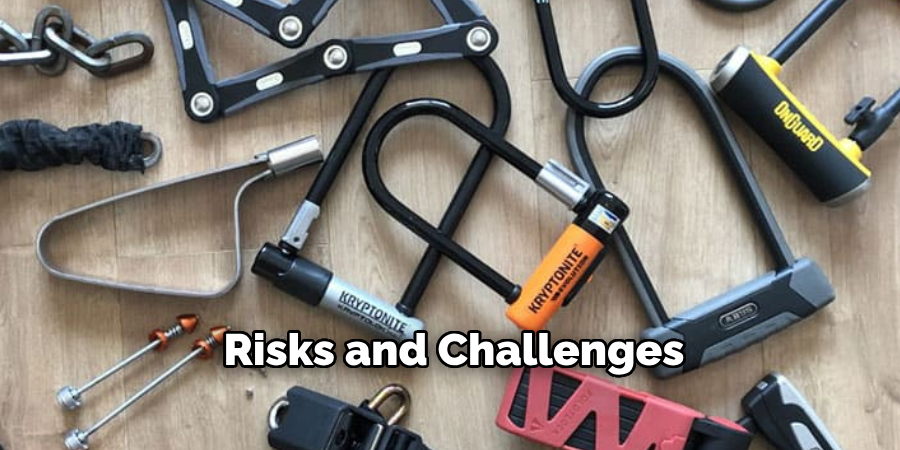
Professional Locksmith Assistance
If all else fails or you are uncomfortable attempting lock-picking, consider contacting a professional locksmith. Locksmiths possess the knowledge and tools to resolve challenging lock issues efficiently and with minimal risk. Though it may incur extra costs, seeking professional help reduces the chances of irreversible damage and ensures a stress-free solution. When in doubt, professional assistance remains the safest and most reliable option.
Last-Resort Techniques: Cutting or Breaking the Lock
When all other options have been exhausted and you’ve verified proof of ownership, cutting or breaking the lock becomes a last-resort solution. This approach is often necessary in emergencies, but it must be conducted responsibly to avoid harm or unnecessary damage.
When Cutting is Justified

Cutting the lock should only be considered if it’s impossible to unlock it through safer means, such as using spare keys, lock-picking, or professional locksmith assistance. Proof of ownership, such as receipts, registration, or other documentation, is crucial to justify this method, particularly in public spaces where cutting a lock may raise suspicions.
Tools You Might Use
- Bolt Cutters
Bolt cutters are a popular choice for cutting locks and work well on standard or moderately hardened steel shackles. However, they may struggle with high-security locks designed with materials that resist cutting. Always check the size and strength of the bolt cutters against the lock in question.
- Angle Grinder
An angle grinder is a more powerful tool that can cut through most locks efficiently. While it is faster and highly effective, the noise, sparks, and required precision make it a riskier option. Use this only if the environment is safe, and there’s no risk of injuring others or damaging surrounding property.
- Hacksaw
A hacksaw is a low-tech alternative for cutting through some locks. This method is impractical for tougher materials, requiring significant time and effort. However, it is portable and can work as a last-ditch effort when other tools aren’t available.
Safety Precautions
Always prioritize safety when using cutting tools. Wear protective gear, such as gloves, goggles, and long sleeves, to minimize the risk of injury. When using power tools like angle grinders, be mindful of the sparks they create and avoid flammable areas or materials nearby. Ensure you have a stable working surface to maintain control.
Minimizing Damage
Aim for the shackle near the locking mechanism when cutting a lock, as this is often its weakest point. Avoid applying unnecessary force to surrounding structures, such as a bike frame or securing post, to prevent collateral damage.
Alternative Non-Destructive Methods
Before resorting to cutting, consider alternative methods like freezing the lock. Spraying compressed air onto the lock and striking it quickly with a hammer might compromise its integrity. However, this method presents its own risks, such as damaging the item secured by the lock or harming the surroundings.
Exploring these last-resort techniques responsibly ensures you minimize risks and handle the situation as safely as possible.
Preventing Future Lock Issues
Key Registration and Spare Keys
One of the most effective ways to avoid future lock issues is by registering your Kryptonite lock. Many manufacturers, including Kryptonite, offer key registration services that allow you to order a replacement key if yours gets lost. Simply sign up for this service when you purchase the lock or visit the website for instructions. Having a spare key stored securely is a simple yet crucial step to ensure you always have access to your lock.
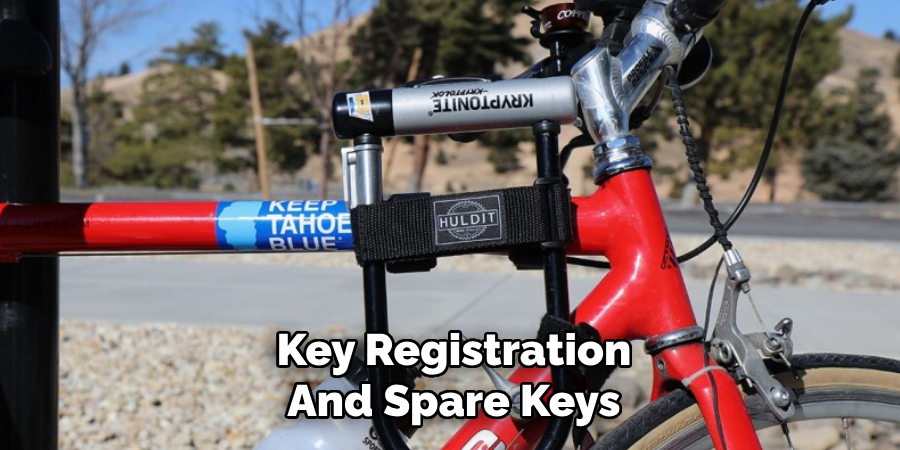
Regular Maintenance
Proper maintenance is essential to keep your lock functioning optimally. Periodically applying a compatible lubricant to the lock mechanism prevents it from seizing up or corroding, especially if the lock is frequently exposed to outdoor elements. Additionally, cleaning the keyhole to remove dirt and debris will help ensure smooth key operation. These small preventive steps can significantly extend the lifespan of your lock.
Avoiding Common Mistakes
Locks can often sustain damage from improper use. Avoid forcing the key into the lock or using excessive pressure to turn it, as this can damage the internal components. Always handle your lock gently and avoid leaving it in poorly maintained or vulnerable positions.
Using Key Covers or Dust Caps
Protect your lock from rust, dirt, and water exposure by utilizing key covers or dust caps. These small accessories shield the keyhole and mechanism from environmental factors that can cause wear and tear. Taking these proactive measures will reduce the likelihood of encountering lock issues in the future.
What to Do if Your Lock is Stolen or Tampered With
Reporting the Incident
If you discover that your lock has been stolen or tampered with, it is crucial to contact local law enforcement immediately. Provide them with as many details as possible, including the location, time, and any suspicious activity you may have noticed. Filing a police report can also serve as an official record for insurance claims or further investigations.
Providing Proof of Ownership
To safeguard against complications, retain purchase receipts for your lock and consider registering your bike and lock with the manufacturer. Many manufacturers offer registration services that can verify ownership and streamline the process of reporting theft or requesting replacements. Proof of ownership increases the likelihood of recovering stolen property or claiming insurance.
Claiming Insurance
Review your bike insurance policy to determine if it includes coverage for lock replacement in cases of theft or tampering. If applicable, contact your insurance provider to initiate the claim process, ensuring you provide all necessary documentation, including receipts and the police report.
Legal Considerations and Ethical Responsibility
Legal Consequences of Picking Locks
Picking locks that do not belong to you is ethically wrong and carries serious legal consequences. Unauthorized attempts to open someone else’s lock can be classified as tampering, trespassing, or even burglary, depending on the circumstances and local laws. Such actions can lead to criminal charges, fines, or imprisonment, damaging your record and reputation.
Staying Within the Law
It is important to familiarize yourself with local regulations concerning lock-picking and possession of related tools. Many jurisdictions strictly regulate the ownership of lock-picking tools, requiring permits or prohibiting them entirely unless you are a certified locksmith or have legitimate reasons. Always ensure you comply with these laws to avoid misunderstandings or legal issues.
Protecting Your Property
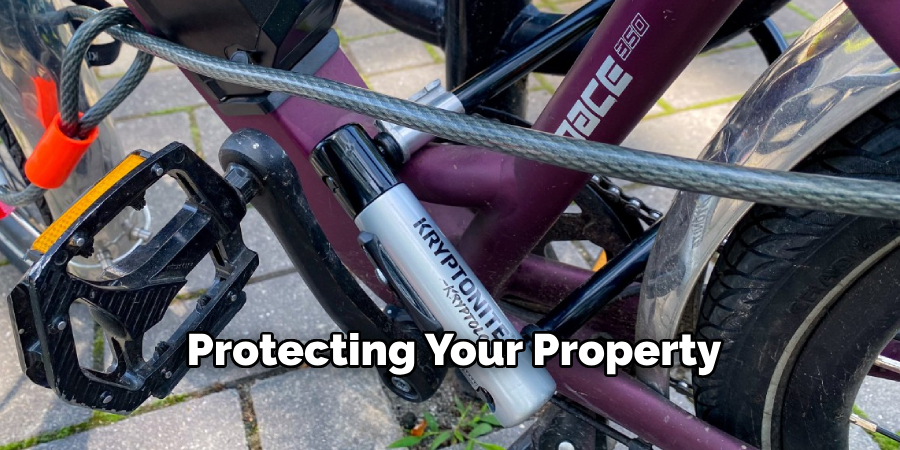
If you need to open your own lock, be prepared to prove ownership to avoid suspicion. Keep documentation such as purchase receipts, registration, or photographs of the locked item to present as evidence if questioned by authorities. This can safeguard your rights while demonstrating responsible and lawful behavior.
Conclusion
Understanding how to open a Kryptonite U lock safely and legally is essential for responsible ownership. Always prioritize using authorized methods, such as consulting the manufacturer, using proper tools, or seeking professional locksmith assistance. Preventative maintenance, like regularly cleaning and lubricating the lock, can help avoid lock issues in the first place.
Additionally, keeping proof of ownership documents ensures you are prepared to handle any inquiries regarding your actions. Remember, ethical and legal behavior protects you and others from potential harm or misunderstandings. Handle your lock issues with care, integrity, and compliance with applicable laws.

